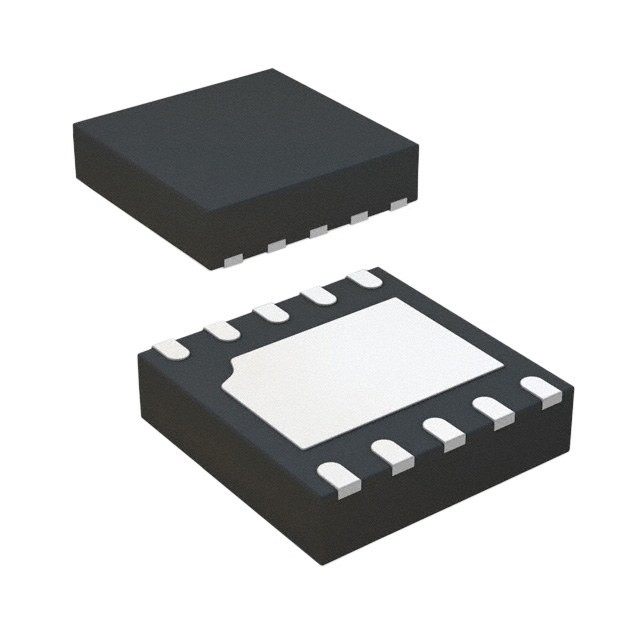Components of ATDM

Asynchronous Time Division Multiplexing (ATDM) is a multiplexing technique used in telecommunications and networking to transmit multiple signals over a single communication channel by dynamically allocating time slots based on the timing and bandwidth requirements of individual input signals or data streams. The components of an ATDM system include:
-
Input Signals:
- Input signals are the individual data streams or signals that need to be multiplexed and transmitted over the communication channel. These signals can be digital data streams, voice signals, video streams, or any other form of data.
-
Time Slots:
- Time slots are the fundamental units of ATDM and represent discrete intervals of time during which data from each input signal is transmitted. Unlike traditional TDM, where time slots are fixed and predetermined, ATDM dynamically allocates time slots based on the timing and bandwidth requirements of input signals.
-
Frame Structure:
- The frame structure defines the arrangement and allocation of time slots within a transmission frame. It specifies the order of transmission for each input signal and may include synchronization bits, control information, and error detection/correction mechanisms.
- The frame structure may vary depending on the specific implementation and requirements of the ATDM system.
-
Scheduling Algorithm:
- A scheduling algorithm or protocol is used to dynamically allocate time slots to input signals based on their timing, bandwidth requirements, and availability of data for transmission.
- The scheduling algorithm determines the order and duration of time slots allocated to each input signal, ensuring efficient utilization of the communication channel and optimal transmission performance.
-
Synchronization Mechanism:
- Synchronization is essential in ATDM systems to ensure that time slots are aligned correctly, and data from each input signal is transmitted at the appropriate time.
- A common clock signal or timing reference is used to synchronize the transmitter and receiver devices in the ATDM system. Synchronization signals or patterns may be included in the frame structure to facilitate accurate synchronization between devices.
-
Transmission Medium:
- The transmission medium is the physical channel through which data is transmitted between the sender and receiver devices in the ATDM system. It can be a wired medium such as copper wires, fiber optic cables, or a wireless medium such as radio waves or microwaves.
-
Transmitter and Receiver Devices:
- Transmitter and receiver devices are responsible for encoding, modulating, transmitting, receiving, demodulating, and decoding data signals in the ATDM system.
- Transmitter devices multiplex multiple input signals into a single transmission stream, while receiver devices demultiplex the received signals to extract individual input signals.
-
Traffic Management Mechanism:
- ATDM systems may incorporate traffic management mechanisms to prioritize and schedule the transmission of data from multiple sources dynamically.
- Traffic management algorithms adjust the allocation of time slots based on traffic conditions, data rates, and quality of service (QoS) requirements to optimize the performance of the ATDM system.
Overall, the components of an ATDM system work together to dynamically allocate time slots, multiplex multiple input signals, synchronize transmission, and manage traffic efficiently to enable the transmission of multiple signals over a single communication channel.
Thank you,
